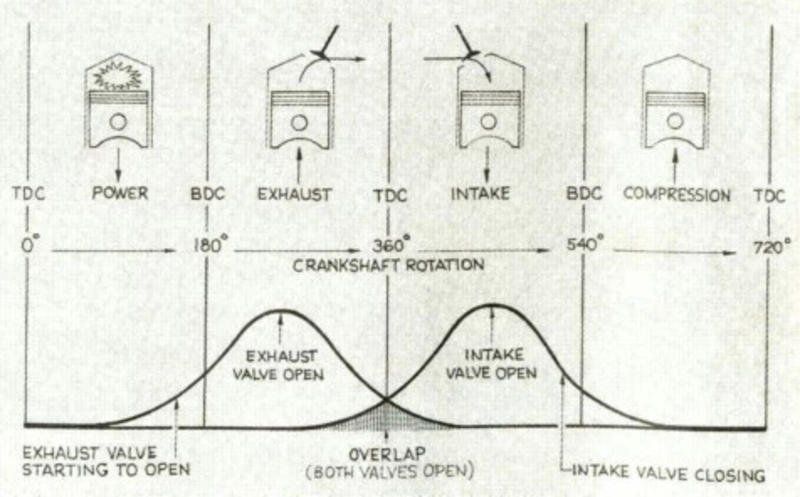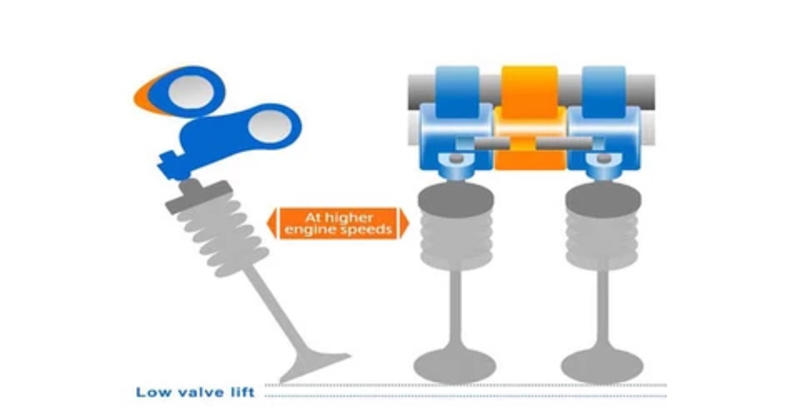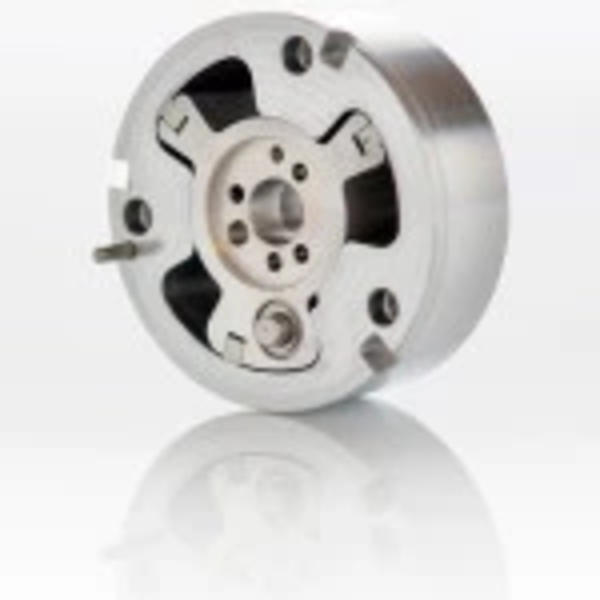Ducati Variable Valve Timing

In a piston engine, the valve timing is the precise timing of the opening and closing of the valves. Opening and closing the valves at certain intervals gives an engine a definitive power delivery curve and character. In this article, we’re going to scratch the surface as to what affects valve timing has on engine power and the compromises that need to be made when choosing valve timing.
To create a very torquey and smooth engine, the intake valves aren’t opened until the exhaust valves have closed. This creates a very clean combustion event, but limits the speed intake air can come into and exit the cylinders, restricting maximum power output. To have an engine make more power at high engine speeds, the intake and exhaust valves have be open simultaneously for a short time. The time that all valves are open together (when the closing of the exhaust valves overlaps the opening of the intakes) is called valve overlap.
When the exhaust valves are still open during the intake stroke, the exiting exhaust gases create a vacuum in the cylinder, forcing the incoming air to a higher velocity. The faster the air can get into and out of the engine, the more power can be made. The drawback to large-valve overlap is at low engine speeds the exhaust velocity is too low to create an advantage. When this occurs, the engine will be very rough and produce less torque as some of the intake charge escapes through the open exhaust valve.
Honda introduced their variable valve timing system VTEC to the world in the 1990 Honda NSX. This revolutionary system worked flawlessly and is still in use today. VTEC does however, have limitations. Honda’s idea was to have an engine that could burn very cleanly and be easy to drive with minimal fuel consumption at low engine speeds and also have high horsepower at higher engine speeds. In the 80s when this system was being developed and designed, fancy electronics were not yet around, so a simple solution was hatched. A small lift and small duration (the amount of time the valves are open) camshaft is used for great low speed performance and efficiency; at high engine speeds, a separate cam lobe and rocker arm was engaged to lift the valves higher and keep them open for longer.
The orange ‘vtec’ camshaft lobe is engaged at high rpm, using more lift and duration than the standard blue lobes.
The limitation to this design is that there are effectively two camshaft profiles and a switch that actuates them; there is no inbetween setting. Ducati’s solution to this compromise is incredibly simple and effective. Borrowing technology that Audi has implemented in its cars for many years, an infinitely variable timing control solenoid is used to alter valve timing within a given range, not only ‘on’ or ‘off’ as with VTEC. This enables the DVT equipped machines to have little or no valve overlap at lower engine speeds providing a smooth riding experience with abundant torque. As the engine speeds increase, the solenoid is constantly increasing overlap based on throttle position to give a smooth increase in power. The variable adjustment means the timing changes will be imperceptible to the rider. Anyone that has ridden Honda’s VFR can attest to the near violent change in power when the timing is altered with VTEC.

The available timing adjustment can be measured with the range of the slots provided on the camshaft wheel. As the wheel slides one direction, it advances the camshaft timing opening the valves earlier in the stroke. In the other direction, the timing is retarded, opening and closing the valves later in the stroke. There is one actuator per camshaft working independently from one another. Another benefit to this setup is the reduction of part count. There are few mechanical pieces to fail meaning this will be a very reliable system. In a worse case scenario, should one of the DVT components fail, the camshaft timing will simply be locked in one position and not prevent the engine from running. Aside from pneumatic valve actuation, which is atleast decade away from production in cars and well beyond that for motorcycles, this as uncompromised as a


